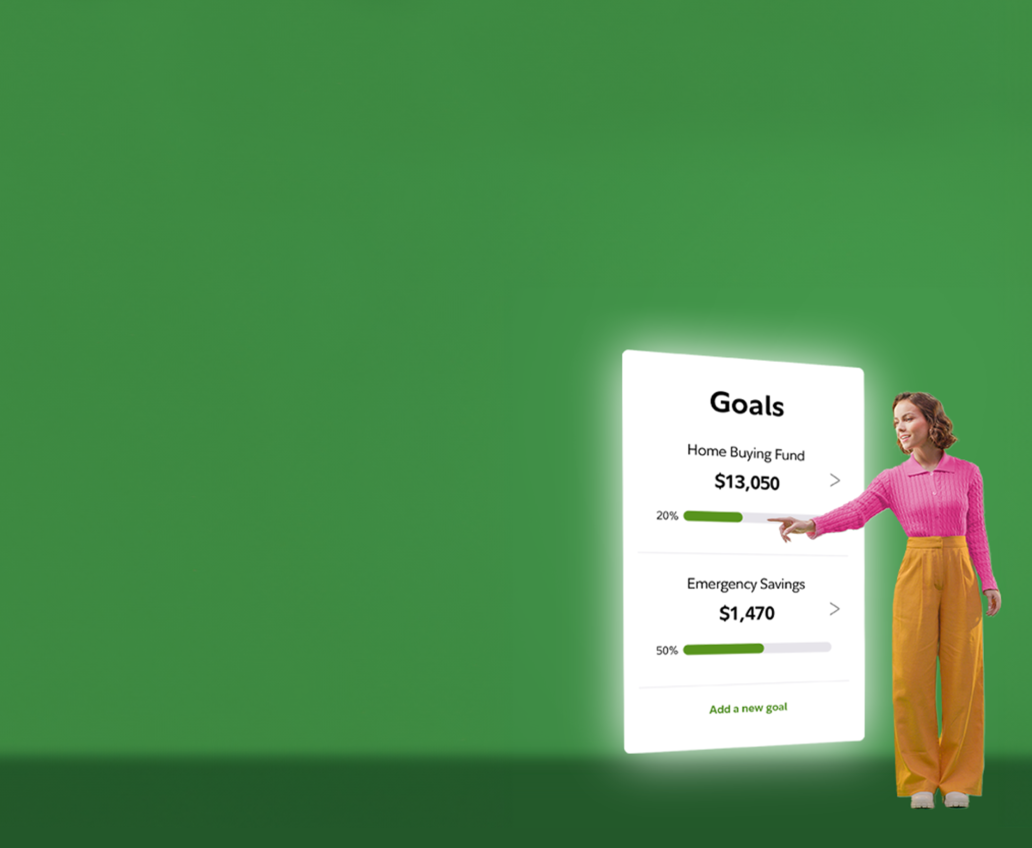Investing involves risk, including risk of loss.
This information is intended to be educational and is not tailored to the investment needs of any specific investor.
Fidelity does not provide legal or tax advice, and the information provided is general in nature and should not be considered legal or tax advice. Consult an attorney, tax professional, or other advisor regarding your specific legal or tax situation.
The third parties mentioned herein and Fidelity Investments are independent entities and are not legally affiliated.
The third-party trademarks and service marks appearing herein are the property of their respective owners.
Fidelity Brokerage Services LLC, Member NYSE, SIPC, 900 Salem Street, Smithfield, RI 02917




